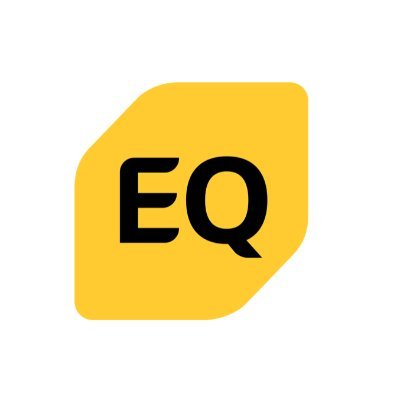Although there is growing interest in this financial product, which allows Canadians to borrow up to 55% of their home’s value, some misconceptions still persist. We’ve fact-checked the seven most common myths about reverse mortgages.
A reverse mortgage is exactly what the name implies: accessing the existing equity you have built in your home by granting a mortgage to a lender without the need to make monthly payments.
And yet, there are many misconceptions about this financial product, which allows Canadians to borrow up to 55% of a home’s value, tax-free, on properties worth $250,000 or more.
With home property values soaring and the federal government tightening traditional mortgage qualification rules through a rigorous stress test, more homeowners are looking to reverse mortgages as a way to unlock the value tied up in their properties. Borrowers receive the money tax-free to use as they wish—to supplement their income and increase cash flow; to cover unexpected expenses or home renovations; and to help stay in their current home are just a few examples.
Unlike home equity lines of credit (HELOCs), which require monthly payments, reverse mortgages, such as those offered by Equitable Bank, are ideal for cash-strapped homeowners who want to stay put without increasing their living expenses.
To help “house rich” homeowners better understand the reverse mortgage options that are available to them, we’ve fact-checked the seven most common myths about reverse mortgages.
Myth #1: You must be 65 or older to qualify
Fact: While retirees on a fixed income may be the most likely candidates for a reverse mortgage (especially since 70% of Canadians are concerned about not having enough money to support retirement), owners as young as 55 are eligible. Given that average home prices across the country have more than tripled in the past couple of decades (to $571,500 as of July 2020, from about $164,000 in 2000), many middle-aged homeowners may also want to access that equity, but find stricter borrowing rules prevent them from qualifying for a regular mortgage or line of credit.
Myth #2: The application process is too complicated
Fact: The process for getting a reverse mortgage isn’t all that different from obtaining a traditional mortgage. In addition to having a home appraisal, you’ll need to supply paperwork showing that you have enough income to cover the property taxes and keep your home in good repair. You must also disclose any debts secured by your home, or mortgages you have on other properties. The only additional requirement is that you must obtain independent legal advice before you can be approved for a reverse mortgage, which is a safeguard to ensure you understand how the product works.
Myth #3: Interest rates on reverse mortgages are too high
Fact: While it’s true interest rates for reverse mortgages can be higher than those of traditional mortgages, across the board interest rates in Canada are currently at historic lows. So, the difference might be just a percentage point or two. For example, posted five-year fixed rates (as of September 2020) on traditional mortgages range from about 1.7% to 2.34%, and Equitable Bank’s five-year, fixed-rate, lump-sum reverse mortgage is 3.69%. That’s about the same as the average discounted five-year fixed rate was on a regular mortgage in 2010.
Myth #4: You can be evicted if you miss payments
Fact: There is no schedule of payments with a reverse mortgage. In fact, you (and your spouse, if you are partnered) can continue to live in the home for the rest of your lives without making a single payment. That’s because the interest on a reverse mortgage is covered by the equity in your home.
Myth #5: The bank will own your home
Fact: You (and your spouse) continue to own your home and keep the title, just like with a traditional mortgage. If you choose to sell the property, you pay the lender the balance on the reverse mortgage (and any prepayment charges) from the proceeds of the sale and keep any profits remaining. Similarly, if you stay in the house until you die, your heirs can either settle the balance to keep the property, or sell the home and receive any remaining equity from the proceeds.
Myth #6: You’ll end up owing more than the home is worth
Fact: Reverse mortgage rules allow you to borrow only up to 55% of the home’s value, which means you retain a significant portion of the equity. And although interest charges on the loan can erode that equity, the value of your home (and the corresponding equity) is also likely to increase over time. Bottom line: property values would have to decline significantly for you to end up owing more than the home is worth. But in that improbable scenario, the lender would simply take all the proceeds from the sale of the home; you or your estate would not be responsible for any further payments. However, with Equitable Bank’s “No Negative Equity Guarantee,” provided you have met your mortgage obligations, you are guaranteed that the amount you owe on the due date will not exceed the fair market value.
Myth #7: A reverse mortgage is impossible to get out of
Fact: There are flexible options to repay the reverse mortgage principal and interest, if you so choose, but, as with a conventional mortgage, you may face a prepayment charge if you want to discharge the entire balance at once—for example, if you sell the property. Half of that charge, however, could be waived if you are selling the home to move into a long-term care facility.







